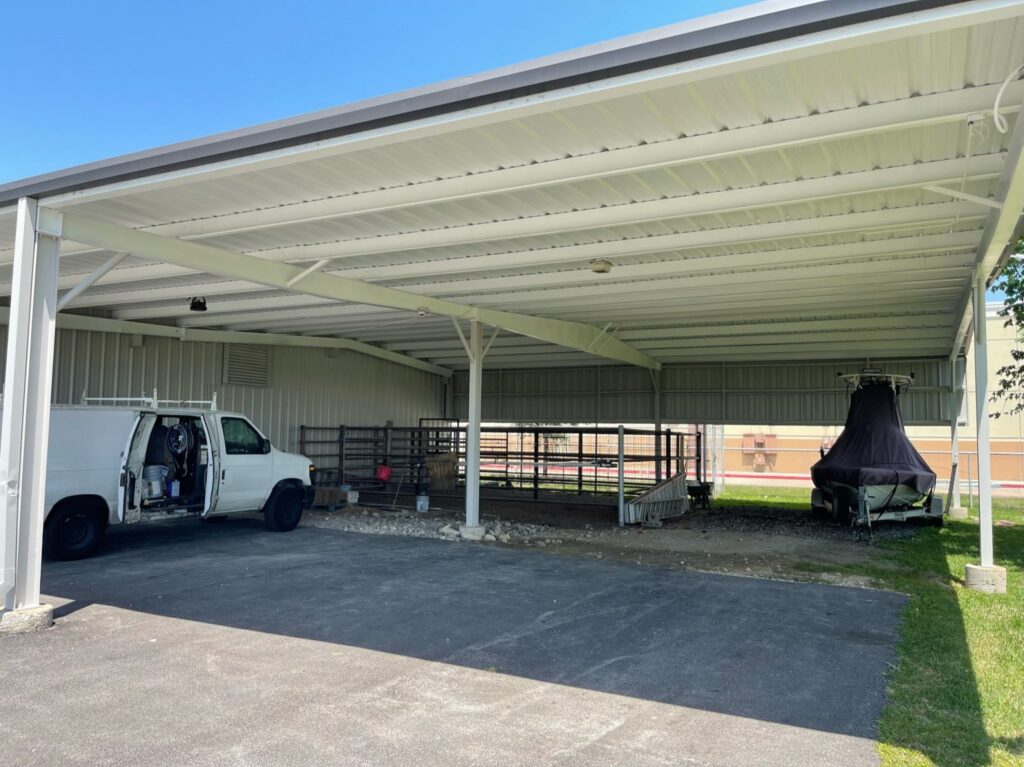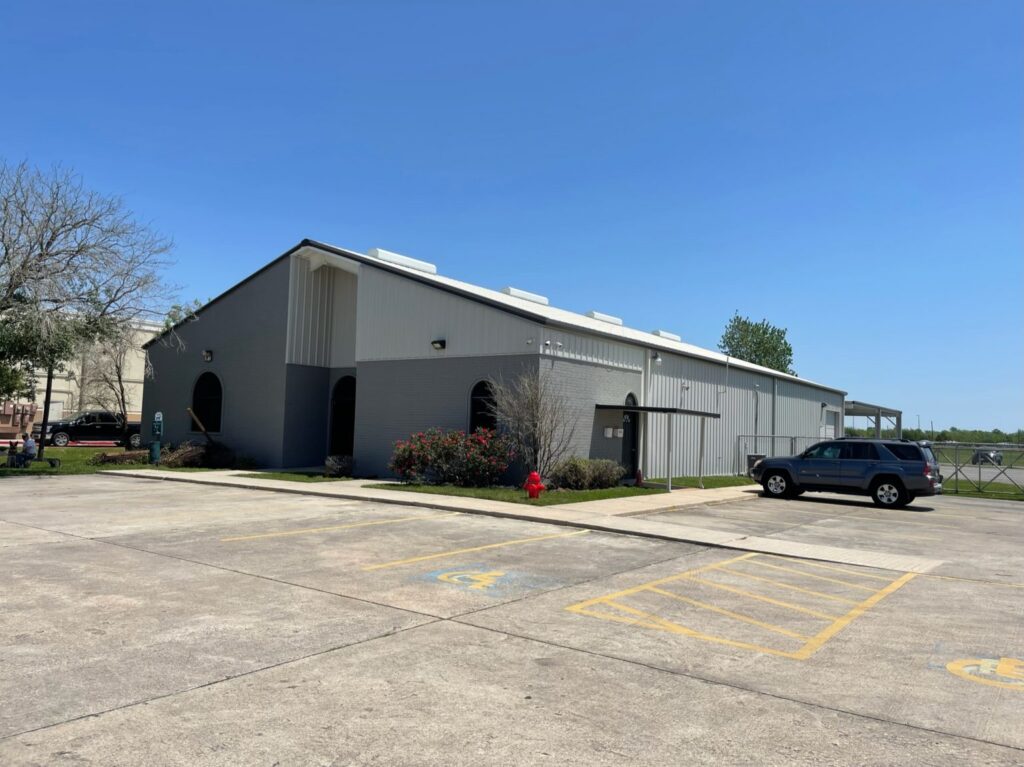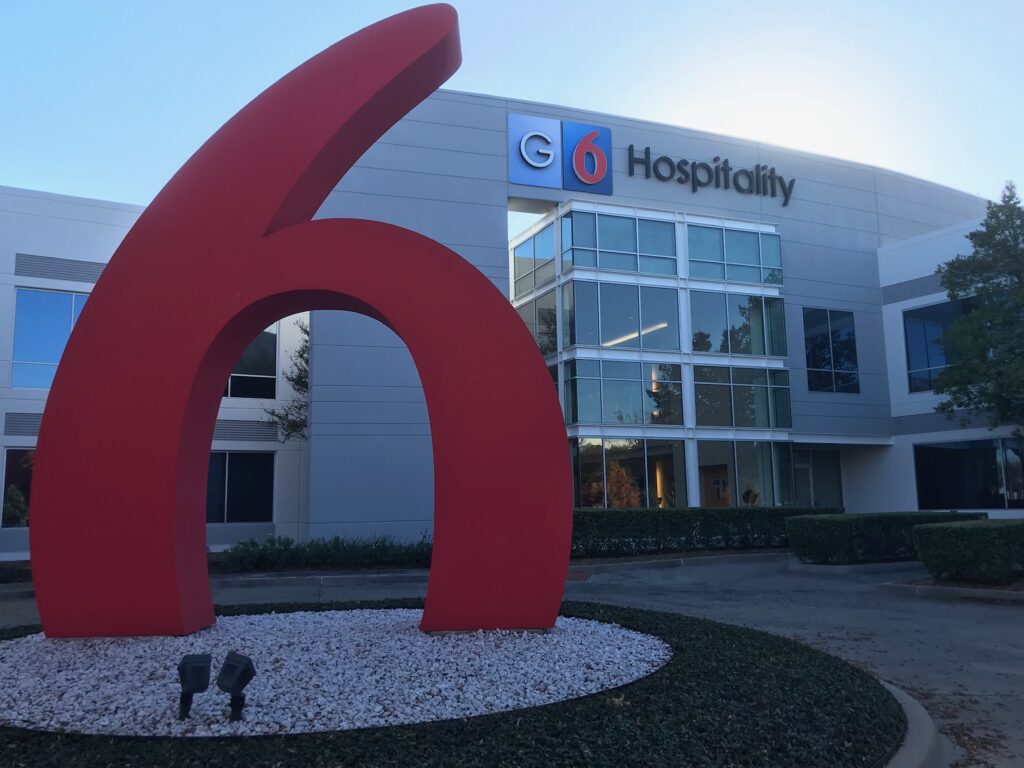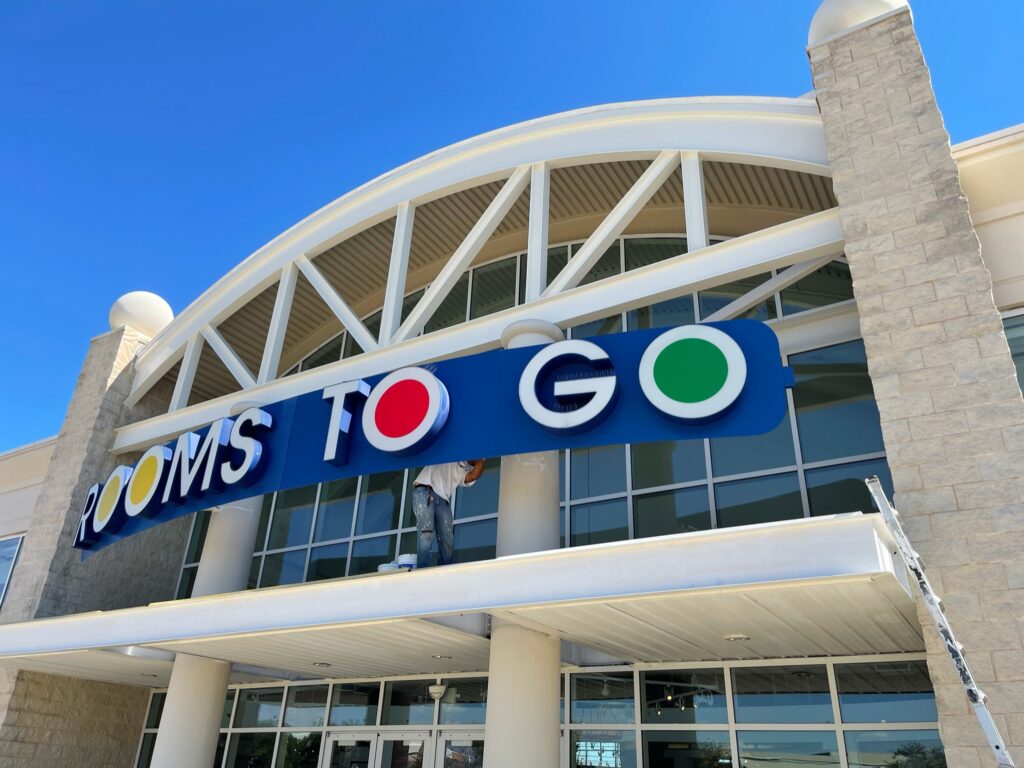When you think of commercial painters, you might envision a simple color change. However, this industry is far more complex and impactful. Commercial painting is a combination of art, science, and strategy.
With a market size exceeding $10 billion and steady growth, commercial painting is a service for real estate maintenance and renovation that can have a direct effect on energy efficiency, safety, and brand perception.
In this article, we’ll explore commercial painting and the industry at large. These insights are valuable for property managers, facility managers, REITs, building owners, and corporate businesses alike.
The Billion-Dollar Brush Stroke
The commercial painting industry is a powerhouse, boasting an annual market size that surpasses $10 billion. This impressive figure reflects the sector’s prominent role in preserving and enhancing commercial real estate value. Steady growth in this field is fueled by a combination of new construction projects and the ongoing maintenance needs of existing structures.
Beyond its economic impact, the industry creates numerous jobs and bolsters local economies nationwide. Success in this field demands specialized skills, cutting-edge equipment, and rigorous certifications, highlighting the professional nature of commercial painting services.
What Makes it Practical
While commercial painters do the obvious by beautifying properties; it’s also a powerful tool for energy efficiency. Reflective and cool-roof coatings can cut heat absorption by up to 85%, helping lower energy costs and free up budgets. In fact, buildings can see up to 15% savings on cooling bills with these strategies.
In addition to savings, these coatings contribute to sustainability goals and green building certifications, making them increasingly popular among environmentally conscious businesses. By reducing thermal stress, they also extend the life of roofing materials, providing long-term cost benefits. This technology works best in warm climates or large-roof buildings where reducing heat absorption is very important.
Protective Paints for Safety and Compliance
Corrosion-resistant coatings safeguard metal structures and equipment, while anti-microbial paints inhibit the growth of bacteria and mold. These specialized formulations are often sough after in healthcare facilities, food processing plants, and industrial environments. These specialized coatings not only support cleaner, safer spaces but also help organizations meet strict health and safety standards imposed by regulatory bodies.
Speaking of safety, commercial painters often work in challenging conditions, including great heights and confined spaces. OSHA certifications and strict safety protocols protect both workers and building occupants. Specialized equipment like lifts, scaffolding, and fall protection gear are standard in these projects.
Branding With Color
Studies have shown that choosing the right color can increase brand recognition by up to 80%, making thoughtful paint choices a strategic advantage, not just a design detail. For example, fast-food chains often use bold reds and yellows to stimulate appetite, and most tech offices make sure to incorporate their brand colors into every wall and surface throughout their space to reinforce identity and create a cohesive, immersive environment. Blues and greens are generally used for a more focused and calmer environment where as yellows and reds might spark more creative and energetic minded workers.
Even exterior details like parking lot striping in branded colors or logo murals on storefront walls make for memorable businesses. When undergoing a commercial paint project, consider every surface a chance to signify your brand perception and memorability.
The Value Proposition of Professional Commercial Painting
A credibly commercial painter employs skilled professionals with knowledge that goes beyond simply applying paint. They obtain a deep understanding of surface preparation, product selection, and application techniques. They are able to work with a variety of substrates, including concrete, metal, and wood, adapting their approach to each unique surface.
Their knowledge extends to building codes, environmental regulations, and industry standards. To stay at the forefront of their field, credible commercial painters, like those at Painting Professionals, Inc., undergo continuous training on new products and technologies, giving their best to every client.
Finally, investing in quality commercial painting can yield significant long-term benefits. A well-executed paint job can last 5-10 years or more with proper maintenance, protecting building materials from weather, UV damage, and daily wear and tear.
When selecting a commercial painting contractor, look beyond the price tag. Experience in commercial projects, proper licensing, and safety certifications are factors that can and will make or break your project.




